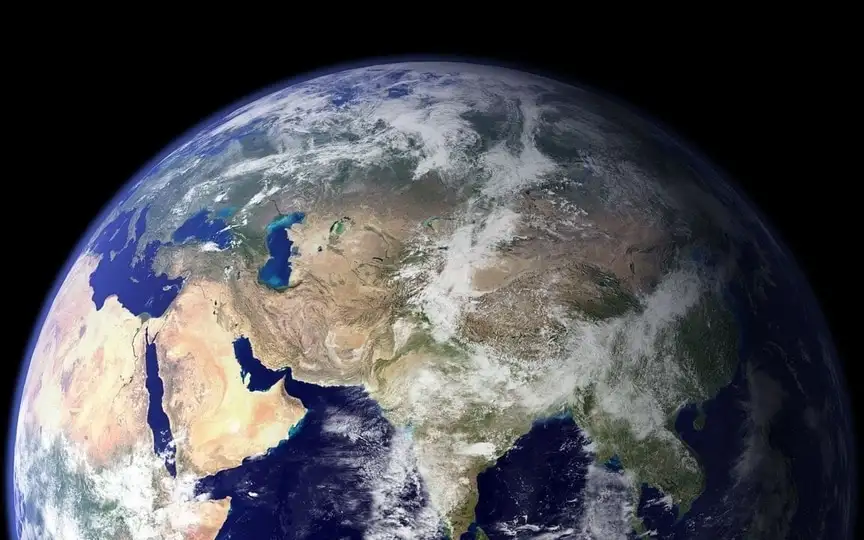Unveiling the Mysteries of Earth: NASA and ISRO to Launch NISAR Mission in 2024!
The Indian Space Research Organisation (ISRO) and NASA are getting ready to launch the joint NASA-ISRO Synthetic Aperture Radar (NISAR) mission in 2024. At present, tests are being carried out prior to the official launch. According to NASA JPL, a successful 20-day antenna test has been completed, meeting all the necessary criteria. During a media interaction, Phil Barela, the NASA NISAR Project Manager, shared updates on the progress of this collaborative mission.
Launch of NISAR operation
Phil Barela revealed during the interaction that the NISAR mission is ready to launch and it will happen in the first quarter of 2024 after a few tests. According to a NASA report, the NISAR mission will last for three years, during which it will survey the Earth’s wetlands and ice-covered surface every 12 days. This actually starts after the 90-day satellite commissioning period.
Hardly also revealed pending tests that will be conducted in the coming weeks. Business Standard quoted Barely as saying, “Vibration testing, that’s going on, but we have to do a whole bunch of performance tests. We’re doing performance tests on radars and various spacecraft electronics. So there’s a lot of testing left, but the big environmental test, the only one left now, is vibration.”
After everything is analyzed, the mission will be launched from the Satish Dhawan Space Center in Sriharikota. ISRO’s Geosynchronous Satellite Launch Vehicle Mark-II and Indian Space Agency are providing all launch support for the mission.
About the NISAR mission
NASA and ISRO’s mission is the Low Earth Orbit (LEO) observatory, which thoroughly studies the Earth’s global carbon cycle and climate change. It maps the Earth using two radar frequencies that study and measure natural disasters such as earthquakes and changes in the Earth’s surface. The goal of the mission is to deal with climate change, respond to disasters and assess damage caused by natural disasters.
This marks the beginning of ISRO’s collaboration with global space agencies. India also collaborates with JAXA or Chandrayaan-4 mission, which is also a strong partnership.




